|
Austria’s Franz Klammer prevailed over a golden era for skiing, sealing a record five World Cup titles plus gold in the blue riband men’s downhill at the 1976 Olympics after a truly wild ride (see video below…) The secret to ‘The Kaiser’s’ success, which included one matchless run of ten straight wins, was that he didn’t consider his opponents to be his rivals. No, his main adversary was about a thousand times taller. ‘I won every race in one season – except one when I lost my ski,’ he gleefully recalls in the book In The Zone: How Champions Think and Win Big. ‘That means you have to be better than the best one of the others. You always know one of these guys will have a very good run because they’re all after you. But I’m not racing against any person, I’m racing the mountain. ‘When I was winning all the races, I just knew I was ahead of everything. So you’re the boss in the ring. You know how you want to do it and you can just conquer the mountain. Then you get into the Zone. This happened to me a lot, and those moments almost always led to victory because you’re the leader. It’s not the skis or the mountain telling you what to do. You’re mastering the mountain.’ It takes a big man to take on nature but Klammer offered his mighty rival the highest respect imaginable. He didn’t just show up on the day and expect mastery to fall into his lap; instead it was a steady build-up that began in the privacy of his mind. ‘The most important thing is to figure out what you have to do to perform,’ he says. ‘It’s not up to you when you have to race so you have to be totally consistent. If the race is at midday on Saturday you cannot afford not to be on form then. You have to be spot on. So I had a mental build-up during the week, like gradually pulling back a bow and arrow. When I arrived for the course inspections on Wednesday I started pulling the bow back, building up the tension more and more until you are ready to go. Then on Saturday I let the arrow fly. ‘I always used to visualise the course too. When I went to bed I lay down and went through the downhill, then again the next morning, visualising what I was going to do. You learn that as you go through your career. Once you really have the feel the hard bit isn’t the turns, because you’re always in action, but the flat. If a flat section takes 20 seconds you don’t know how long that takes without a clock. Still, when I was really in my heyday I could imagine the whole course within three or four tenths of my actual racing time. Then when I got to the start I’d do it all different because if you stick to the line you are too slow…’ If a relaxed attitude sounds like a chink in the armour for the other competitors to exploit, they will be sorely disappointed. Such a playful mindset allows the legends to set their subconscious free. That’s when they really start to fly. ‘For me being “in the Zone” is when everything is in slow motion so you have all the time in the world,’ adds Klammer. ‘In skiing you have certain crucial sections of the course when you really have to get it right. Afterwards it is flat so if you make a mistake you will lose a lot of time and you won’t win the race. But when you’re in the Zone, you have a very clear picture ahead of you and you see all these little details. So you can go for it. It’s a special feeling when you’re in full flow…’ This is an exclusive extract from the book In The Zone: How Champions Think and Win Big
0 Comments
‘The last second is what’s most special and addictive: when you stand on the edge, you look down and you still have the chance to turn around and walk away. That last particular second when you step off. Then you know you are on the way. You cannot return. You pick up speed and you accelerate so fast. A couple of moments later you pull your parachute, you land, you look back up at that big mountain and you’re still alive. For me this is total freedom.’
Some people really do seem born to fly. When Felix Baumgartner was just five years old, he drew a picture of himself parachuting to Earth with his mother Eva watching on from ground level. Felix gave Eva the drawing, only for her to hand it back to him when he did his first real skydive, aged 17, at a club in his home city of Salzburg. Felix then spent five years in the Austrian Army’s parachute exhibition team, building up his mastery of freefall. It was when he switched to BASE jumping that the haul of records began. His 1999 leap from Kuala Lumpur’s Petronas Towers was the highest from a building and Rio de Janeiro’s Christ the Redeemer statue was the lowest. This constant quest for greater challenges led to his big finale: the world’s highest ever freefall – from 24 miles up – in a bid to become the first human to break the sound barrier without an engine. This one wouldn’t come easy. Five long years of preparation for Baumgartner and his Red Bull Stratos team may seem excessive for a mere ‘stunt’ but this is the discipline required to go to the limit and beyond. The Austrian worked his way up with practice runs from 15 and 18 miles. Most crucially he was busy breaking the sound barrier over and over again – away from the public gaze. ‘I visualised this jump from the moment I heard about it,’ Baumgartner tells me in an interview for In The Zone. ‘I did it a thousand times in my mind – just like every other jump I’ve ever done. I lie in my bed and come up with a proper game plan. ‘I’m really good at pre-programming my mind and I always do this. I think about how it will feel, what it will look like. The more I think about it, the more it becomes reality. When I finally do it for real, 99 percent of the time it works exactly like I’d visualised and it feels the same way it felt in my mind.’ The aim of visualisation is more than just preparation; it’s about taking control of the future and tailoring it to our liking. By continually dreaming of his freefall from the edge of space Baumgartner painted a vivid picture and created a momentum in his mind that made success all but an inevitable consequence when he finally took one small step out onto his capsule’s external platform on October 14, 2012. ‘It’s the power of will and the focus you have,’ he adds. ‘When I was standing out on the exterior step it felt almost how I expected. This is the key. The more you can turn thoughts into reality, the better you are. Mental preparation is crucial: you have to ensure you find the right mindset for that moment. Then when you are finally in that position there will be no surprises. You pre-program your mind and it works exactly the way you expect. Most of the time…’ Pity the question Baumgartner is most often asked is: ‘What it was like up there?’ because the view was the last thing on his mind. He was in the Zone… ‘You’re so focused and determined you don’t see or hear anything around you,’ says Baumgartner. ‘In the first part of the jump I spun five times anticlockwise and 22 times clockwise. I didn’t think about anything else because I was so focused on stopping that spin. It was a lot of work and took almost a minute. For the rest of the flight I was more relaxed. At 5,000 feet (1.5km) I had to pull my parachute. Then I realised I’d broken the speed of sound.’ Ready for your own big one? The good news is Baumgartner insists we all have the ability to rise to any challenge, as long as we can silence the doubters: ‘I’ve met Neil Armstrong, Muhammad Ali, Sir Edmund Hillary – and it wasn’t easy for any of them. When they came up with their idea everybody looked at them like “What the hell is wrong with you? This is impossible. You can’t climb the highest mountain in the world…” So you have to focus on one goal and make the judgement: “Am I willing to go the extra mile and invest all the blood, sweat and tears to reach that goal?” If the answer is yes, go for it. That’s what I did and this is where it brought me. Everyone said I could not break the speed of sound. But I proved them wrong…’ To find out much more about how Felix Baumgartner’s record-breaking jump – including how he conquered his fears and coped with his mental demons along the way – read In The Zone: How Champions Think and Win Big I’ve made no secret of my love of action sports, interviewing everyone from skydivers to surfers and skateboarders for In The Zone to find out what goes on in their heads as they head into the unknown. The magic of these pursuits is that they can often be started young, at little or no expense. That means its stars come from the most unlikely sources. Danny MacAskill certainly doesn’t come across as your average internet sensation; having grown up on Scotland’s picturesque Isle of Skye he speaks with the region’s soft lilt. Yet the wide open spaces of his childhood allowed him to start his odyssey sooner than most, spending his early years playing around on his BMX. By sticking with it he has now made it to the top of the world. His videos get millions of YouTube hits – including the below return to his home island – but his skills didn’t arrive overnight. They are stored in a mental saddlebag that he has meticulously filled over time, one he continues to cram with new material with every new jump. ‘I’ve built up very slowly so I’m not taking huge leaps,’ says MacAskill. ‘I’ve been riding a trials bike for 25 years, starting on kerbs where you take a long time to learn. Then you gradually build up your confidence. Now I definitely get in the Zone. Sometimes you can turn up for the biggest trick you’ve ever done and you feel really comfortable. You know you’ve got it. On other days you can try something you know is well within your ability but either due to lack of sleep or fatigue from filming you find it hard to get in the right mental state. Sometimes you can get quite frustrated. As long as you’re stubborn enough you can always push through it and do it.’ What marks out the great action sports stars is this constant quest to seek out the new and venture outside their comfort zone. They take the phrase ‘try, try again’ to new extremes, often having to persevere through hundreds of failed attempts in order to break new ground. The drawback? They must find a permanent solution to silence their Monkey Minds – the nagging voice we all carry with us that tells us whether or not what we are attempting might mean leaving in an ambulance. ‘Now I know what I can do,’ adds MacAskill. ‘But when I come to film I always push right at that 100 percent. I’m doing things I have never actually tried before so what I’m doing is always just out of reach. Or it is within reach but I’ve got to try for hours or sometimes days to actually achieve it. So you’ve definitely got to flick a switch in your brain: “do or don’t”. The survival part of your brain is telling you: “That’s really not a good idea.” But the other part goes: “You know you can do it. You’re completely capable of it if you just manage to flick your switch and get over the edge.” It shows just how much power the brain has. ‘I look at trials like a calculated risk. You know what you’re capable of but if you really want to learn something new you’ve got to go outside your comfort zone. I don’t tend to think: “There’s no way I’m going to throw myself off the edge.” That’s crucial. In my head I know I’m going to land it. I might not, I might crash. But when I’m doing it I’m 100 percent committed that I’m going to do it…’ It’s only when you reach MacAskill’s level of mastery that the world changes and you start to see things the rest of us miss out on entirely. When you know Skye’s the limit, that’s when you really get creative – indeed the Scotsman is now one of the elite who really do see the whole world as just one giant obstacle to master.
‘That’s the beauty of trials,’ he smiles. ‘It doesn’t matter whether it’s grass or logs, rocks or water, you can ride on anything. I visualise stuff all the time. Even now while I’m talking to you I’m looking at the roof up there and imagining what I would do. It’s a natural thing – and to be honest it’s always come naturally. ‘On Skye I grew up spending a lot of time riding by myself, riding the same walls. You naturally think of slightly different ways to ride that wall. Now I have the chance to go anywhere in the world, I can think on a really huge scale. It’s an amazing opportunity to be able to do this for a living. I just wish I could take someone for a wild ride…’ Many thanks to the Euronews website LivingIt for featuring a selection of new articles - based on In The Zone - exploring the mental side of performing at the absolute limit in some of the most extreme sports out there. Ahead of this weekend's Ironman World Championship at Hawaii's Kailua-Kona, hear from the 2015 and 2016 world champion Jan Frodeno (pictured above). The German is clearly one of the fittest human beings on the planet but you can find out why he considers that even in the ultimate physical challenge, the difference between the best and the rest is always about mental strength. Click here to read all about it... It is now seven years since Roz Savage completed the final leg of a truly epic adventure, becoming the first woman to row single-handed across the Atlantic, Pacific and Indian Oceans. She told me she didn't feel strong mentally at first, but over the course the experience of taking on such a huge challenge she learned all about the true meaning of resilience. Click here to find out more... Finally, in an exclusive interview big wave surf legend Garrett McNamara describes the spiritual experience involved in taking on the most violent experiences nature can throw at us: 'I look at the tallest tree, the mountains, the ocean and the universe, attract it and breathe it all in...'
If you want to feel the force, read on. In a series of famous experiments dating back half a century, scientists tested expert chess players on their ability to recall a board they had seen for a few seconds. When the set-up came from a genuine match the masters could accurately place most of the pieces, faring much better than inexperienced players. But when the pieces were just scattered randomly the experts fared little better than the novices. The conclusion was that chess masters are busy ‘chunking’ the individual pieces into recognisable patterns they remember from previous games. And it seems this effect can apply anywhere, no matter how apparently ‘cerebral’ the pursuit – or indeed what type of board you use. That's why Mick Fanning considers himself lucky to grow up on the coast of South Australia, learning to surf when he was five. This lifetime of education on the water set him up to earn a living from what he loves most. Now known as ‘White Lightning’, he has been crowned world surfing champion three times. ‘The ocean is forever changing so you never know what it will dish up each day,’ says Fanning. ‘You can have the same charts but every wave is totally different. Like anything, with experience you see the different shape of the wave or a different movement in the ocean and think: “I remember that back then…” It becomes a sixth sense for some people. There are surfers who always find themselves in the perfect place in the line-up but that’s just from experience and reading the ocean.’ There are limits. Fanning was competing at South Africa’s Jeffreys Bay in 2015 when every movie lover’s worst seaside nightmare suddenly got real. He felt a presence behind him, then heard a splash. The fin that duly appeared next to him was not a dream, it belonged to a 12-foot-long great white shark. The Australian’s instant reaction, captured on live TV and since viewed 24 million times on YouTube, was to hit out and wedge his surfboard between himself and his aquatic acquaintance, which bit off his leash. A response team eventually picked Fanning up, by which time he’d saved himself from turning into main course for one reason: he was in the Zone. ‘Throughout that whole day I felt amazing,’ Fanning tells me. ‘If you can get in that Zone and not think, it just becomes autopilot. That’s when you’re in your best form, and it’s what we focus on as athletes. So it was probably a blessing in disguise that this happened during an actual event and I was so centred at the time. If I wasn’t in that place maybe something else could have happened and I wouldn’t have reacted that quickly. ‘To be totally honest when I got back to land and saw the footage, I was sitting there wondering: “When did I make this decision? Or that one?” To me it went on a lot longer than what the footage showed. It felt like a good five minutes when it was really just ten seconds. But I guess that’s how fast the mind works.’ This is another classic component of life at the limit – in car crashes and other near-death experiences. When we are scrabbling for a way out of trouble, the brain is awoken from its everyday ‘tick-over’ slumber mode by a sudden influx of adrenalin and speeds up accordingly. Survivors consistently report the outside world – such as the shards of glass shattering on the windscreen – going into slow-motion. This ‘fight-or-flight’ mode doesn’t let us move our limbs any faster but our decision-making does accelerate, as long as we don’t go into panic mode and freeze. At our highest peak of total concentration it seems we can not only bend space, we can bend time too. Fanning was already at such an extreme of focus he could slip straight into the right state, fitting 300 seconds worth of critical life-saving calculations into ten. Even more mind-blowing is the fact Fanning was back surfing within a week. He admits to feeling jittery when he heard splashes near him yet he found a way over it: a year later he returned to Jeffreys Bay and won the event. ‘It was one of those moments that sticks out, that’s for sure,’ he deadpans. ‘It put me off a bit from getting back in the water but the more time I took away from the ocean was going to make it even harder. So I just felt I needed to get back in and get on with life. We get dealt with different adversity through life: you can be crippled by it or you can move forward. I always try to take a step forward. I’ve been lucky to be in the ocean my whole life so to have one incident… I put it in the same perspective as when you’re walking across the street and almost get hit by a car. That happens to people every day and others have been hit. So I consider myself extremely lucky.’ This extract is from In The Zone: How Champions Think and Win Big - out in paperback tomorrow... Victoria Pendleton sure loves challenges. The double Olympic cycling gold medallist has already tamed National Hunt horse racing and today she announced she is taking on the big one: Mount Everest. Getting it wrong on a bike or a horse and you might get beaten up but you’re likely to live to tell the tale. By contrast mountaineering takes everything to a new level. In the 64 years since Edmund Hillary and Sherpa Tensing first reached the top of the world, 280 people have died attempting to repeat the feat. Moreover, despite her run of success and glory on track and off, Pendleton has always been one of those sportspeople who have had to fight hard to win the belief required to perform. Luckily she is still able to draw on what she learned as a cyclist through the mentoring of Team GB sports psychiatrist Steve Peters. ‘The key to getting in the Zone is mental preparation,’ Pendleton tells me in In The Zone. ‘It’s a lifelong process, like physical training – and it becomes easier, the more you practise it. Some people naturally have a level of confidence which never falters. Then there are others who have slight insecurities. I’m one of those people. So it’s something I had to work hard on. It’s about eliminating negativity to focus on the task in hand without any doubts or distractions.’ Pendleton’s ability to focus will be tested to the limit during her May 2018 attempt on the world’s highest mountain, where she will be accompanied by TV adventurer Ben Fogle plus a team of sherpas and experienced mountaineers. But if Pendleton needs any extra advice on how to make such a switch of sports, she should turn to Japanese racer Ukyo Katayama, who raced in Formula 1 for six years in the Nineties before taking to the mountains. ‘Throughout my whole life I have sought new ways to exercise my mind and when I stopped F1 I had to find a new challenge,’ Katayama told me in Overdrive. ‘Driving racing cars and climbing mountains look completely different but they are actually very similar. For both racing drivers and mountaineers the battle is totally within, against yourself. ‘In Formula 1 you’re always pushing to gain thousandths of a second under braking, and you have to push yourself in exactly the same way on the mountains. One in 13 mountaineers dies due to falls, hidden crevasses and avalanches. Everyone living on the edge like that is the same. In my case, it is only in an environment like that I can feel truly free.’ This may seem like a curious type of freedom to those of us who have spent our lives nearer sea level, venturing up into the skies only inside a pressurised cabin. Mention the Zone to a mountaineer and they’ll think you’re talking about the ‘Death Zone’, the notorious height above which the effects on the human body are most dangerous. As one such adventurer told me: ‘Going up is optional, coming down is compulsory…’ For Katayama the act of pushing limits is the end in itself. In 2002 he even failed in a bid to climb Mount Everest, reaching the Southern Peak when his Sherpa broke his arm within sight of the summit. Katayama tried dragging him up until he started to run short of oxygen and he opted for the ‘compulsory’ downhill bit. He still enjoys the memories regardless of the outcome… ‘I was 60 metres from the summit of Mount Everest and I could see amazing views,’ he says. ‘I can’t stay in the safety zone, I have to push and find new limits. The main thing is to take the plunge. If you spend your life protecting yourself you may not fall down but you won’t achieve anything either. The only real way to live life is to fight. The most important thing is to know what you want to do. That’s all you need.’ Victoria Pendleton certainly knows what she needs, and she’s prepared to fight for it. Reaching this ultimate peak will require facing nature at its most brutal but there is payback. Indeed these extremes took Katayama beyond the confines of his usual mental state, triggering an extraordinary overhaul in the efficiency of his eyes, ears and nose. ‘When I am in the mountains and especially if I have been above 7000m for a whole month the sensations become hard to express in language,’ he says. ‘The best way I can describe it is that it feels like my body goes to liquid. I have no motivation and no need to own anything. It’s easy to forget to eat and drink. You can’t feel how cold it is, you just feel part of nature. ‘After that length of time my senses become so acute I can even smell danger. Before an avalanche I can feel something is wrong – maybe I sense a change in temperature – then 30 seconds later it happens. The message comes from outside, it’s just your senses working to their full ability.’ The secret to reaching this level of perception is to de-clutter the mind. Paradoxically it is far more attainable in such fearsome environments than in the comparative safety of daily life. Katayama still hasn’t slowed down, now running ‘Team Ukyo’ that has achieved success both in Super GT motor racing (where Jenson Button will compete in 2018) and road race cycling. Katayama insists we can all find this magical state of mind, just by getting active. ‘I’ve never had a feeling like that sitting in front of a computer,’ confirms Katayama, ‘because I’m always thinking about how to make money or my family. It’s impossible to find it. Motor racing’s the same: you worry about keeping your seat until you get in the car, when you block all that out. But you don’t even need to be in a car; it can be on a bike or walking. People have such good powers of concentration – and everyone has this potential within them.’ From an early age we are led to believe the standard route to the ‘good life’ is via hard work and a steady well-paid job. But this path isn’t for everyone.
At the age of 34 Roz Savage was an Oxford graduate and a high-flying management consultant. She had all the established trappings including a nice house in London and a fast car. It was just on the inside that everything was falling apart, as she reveals in the book In The Zone. The epiphany came when Savage sat down to write her own obituary. Twice. The first was the version she was heading for: all very comfortable and safe, but dull. Next she wrote a fantasy version, full of adventure. The attraction was such that to the alarm of her family and friends she made the first big independent decision of her life: she quit. Still she had no vision of what to do instead – indeed it took years of casual work and drifting until lightning struck. To earn herself a platform to speak out on her passion for the environment, she would row single-handed across the Atlantic Ocean. Cue a thunderstorm in her emotional mind… ‘I can imagine my internal observer saying, “What the hell is she thinking? HQ we have a problem, she’s lost it,”’ smiles Savage. ‘But when you behave courageously it thinks, “OK, let’s see how this goes…” When I began my voyage, people posted nice comments on my blogs, saying they admired my courage and resourcefulness. At first I didn’t own those words. Courageous? Not me. Then I thought “Why not me?” I had a whiteboard in front of my rowing seat where I wrote the words, then I’d deliberately embody courage and resourcefulness. I made significant progress with that.’ Savage insists resilience isn’t something we either have or we don’t, it’s a character trait we learn along the way once we’ve made a big decision. She went on to become the only woman to row solo across the world’s three big oceans, completing her epic on October 4, 2011. Along the way she has taken five million rowing strokes, each a crucial step towards building up enough grit for her to take on the entire world. The adventures have now given her an inner steel she could never dream of during her quest for conventional success – and an even deeper understanding of the flaws in the ambitions that are supposed to be vital for happiness. ‘We are not taught important life skills in school, like finding a purpose and having resilience,’ she adds. ‘In my teaching today I see wonderful undergraduates selling out and going for the money. So we need to change our idea of what success looks like – away from the materialistic model that, to paraphrase Gandhi, serves our greed instead of our need. It’s time to craft a new narrative, closer to the values and integrity of Atticus Finch in To Kill A Mockingbird. We need a new definition of success where we admire character, courage and taking action for a cause you believe in.’ |
AuthorClyde Brolin spent over a decade working in F1 before moving on to the wider world of sport - all in a bid to discover the untapped power of the human mind. Archives
October 2024
Categories
All
|







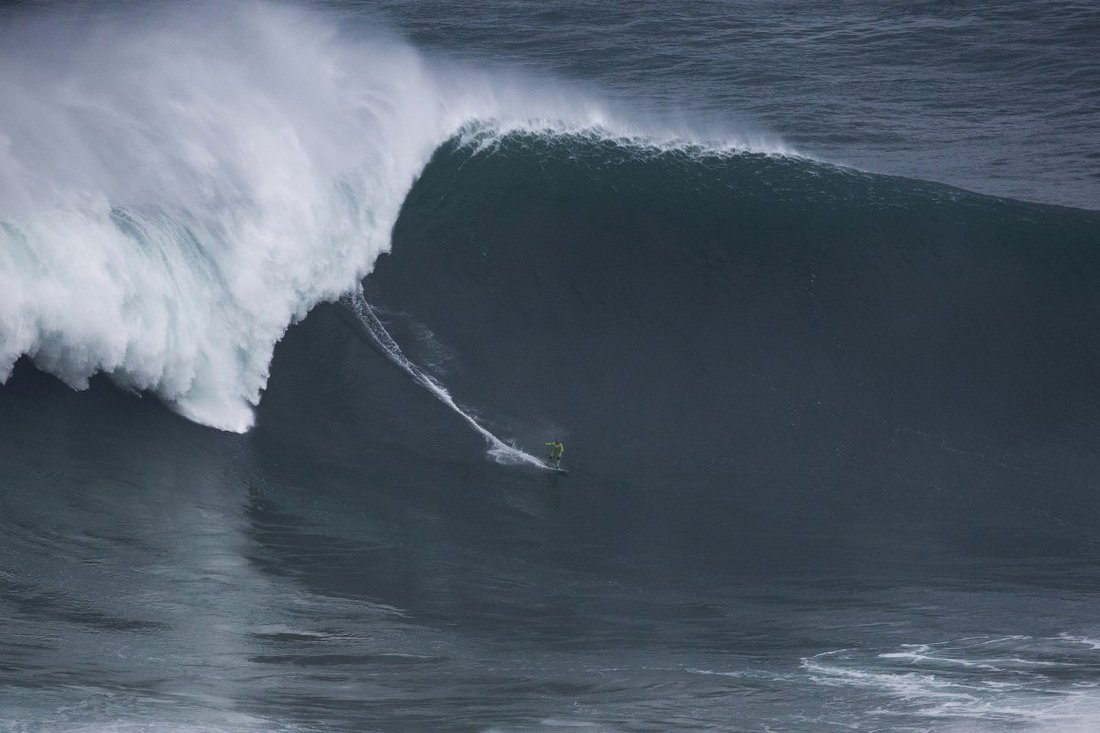
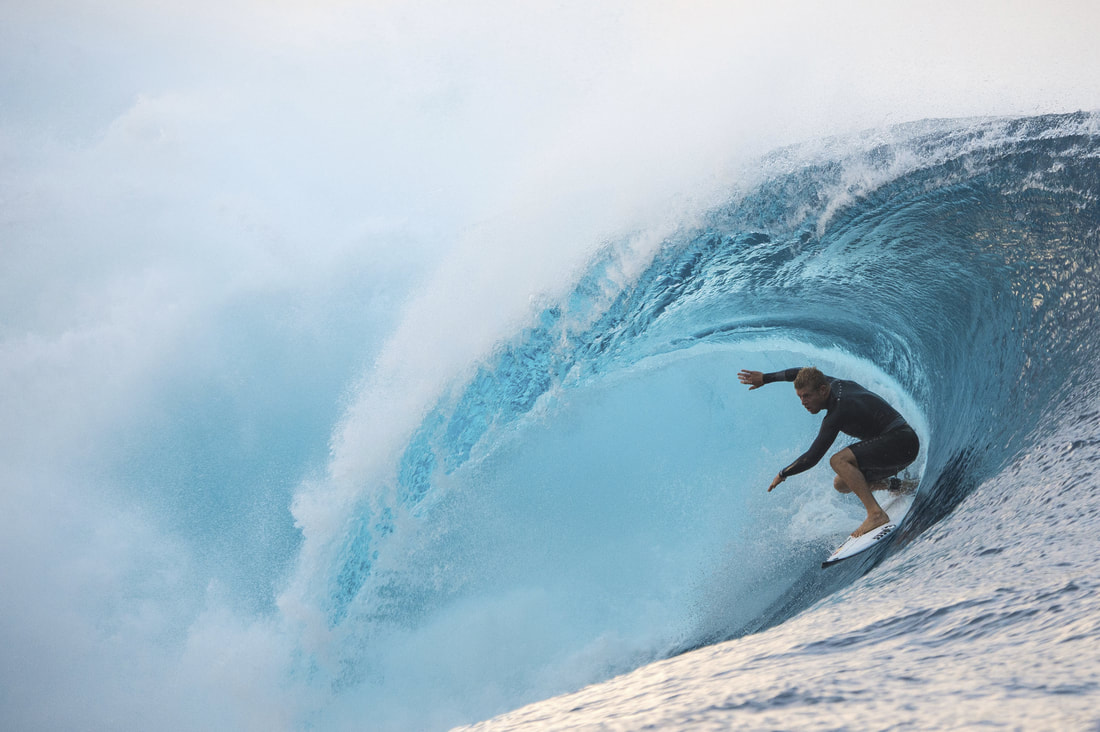
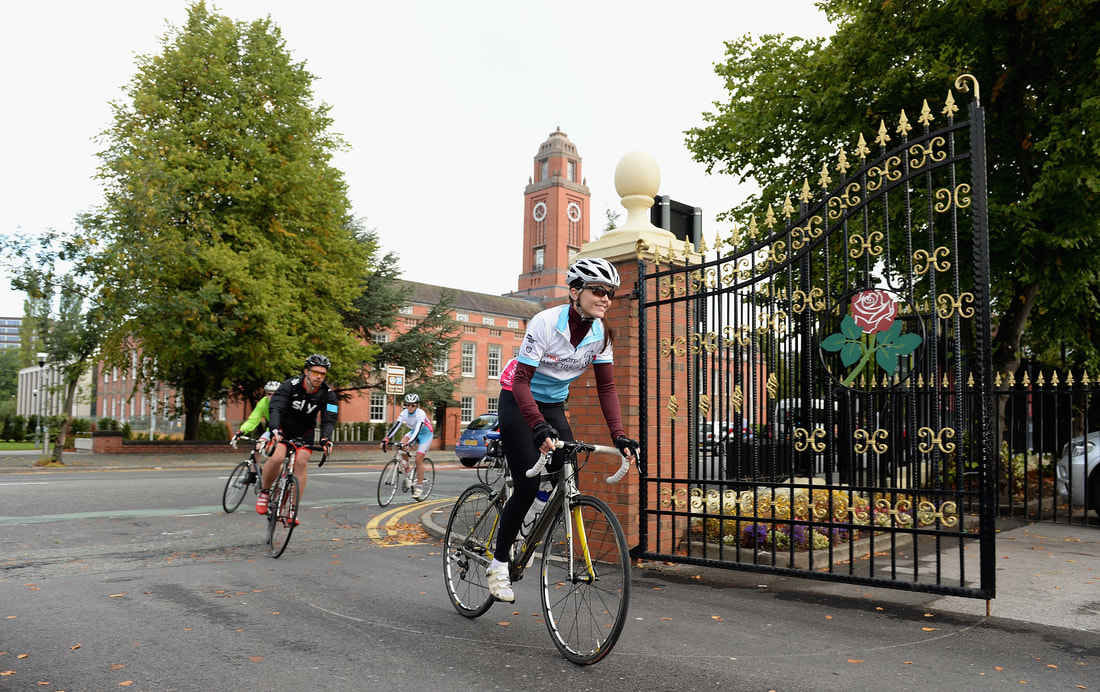

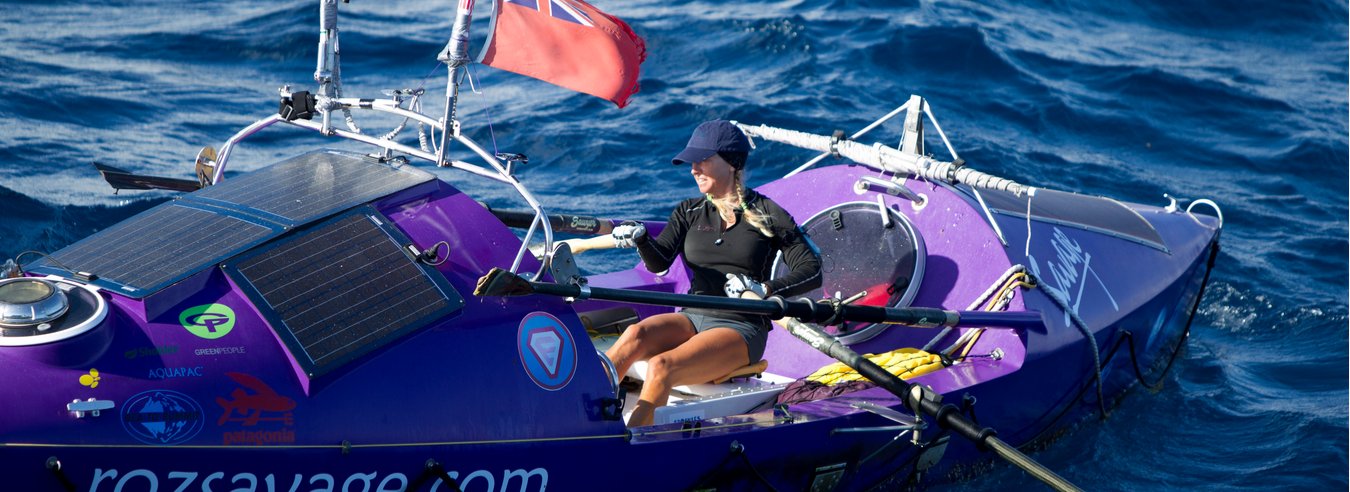


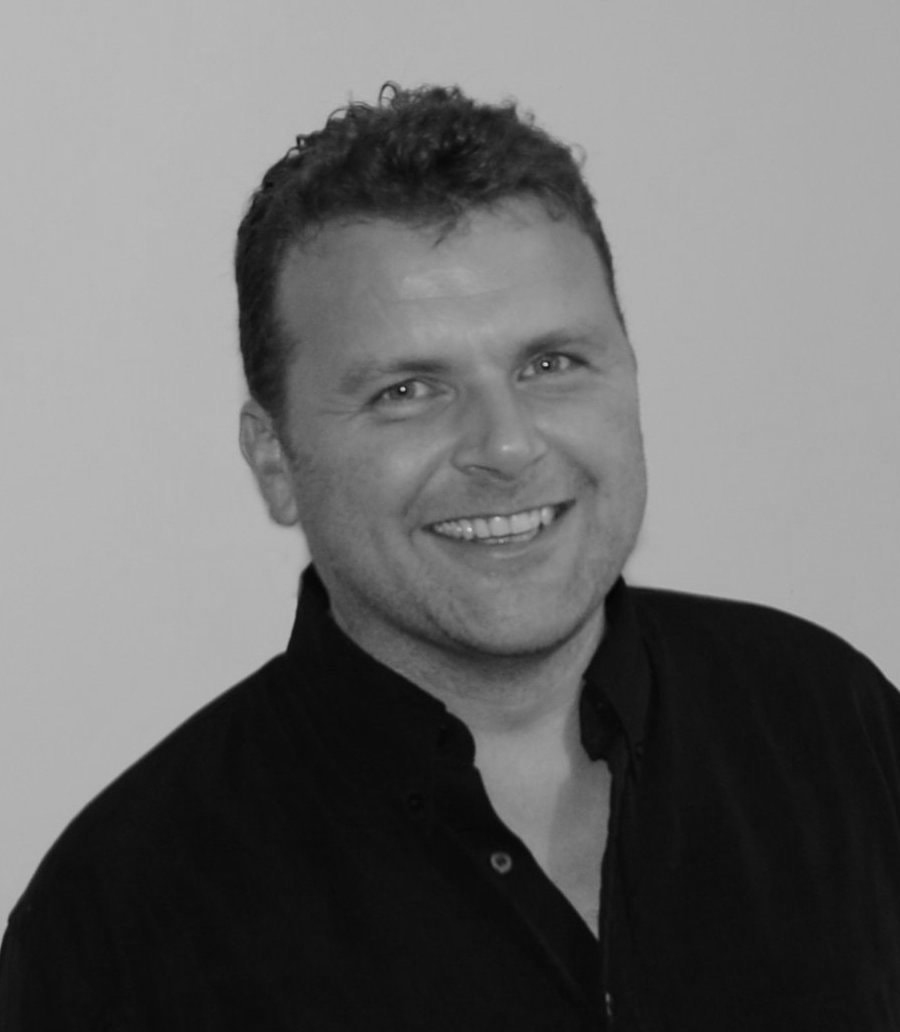
 RSS Feed
RSS Feed

